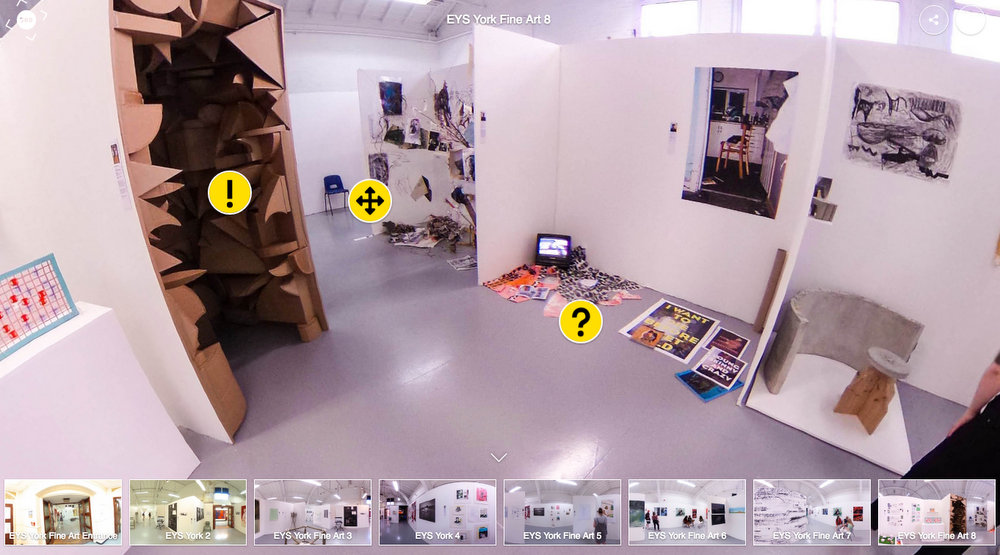Problem, opportunity, challenge, issue, concern ...
I've been professionally lodged in calling everything a problem to be solved. I may think this through and stick to this concept. I was introduced to the Creative Brief at JWT, London in the mid 1980s. Through Design & Art Direction (D&AD) workshops, then a year, full-time at the School of Communication Arts the 'problem' as the preferred, indeed the only term, was reinforced.
The advertising Creative Brief goes:
What is the problem?
What is the opportunity?
Who are you speaking to?
What do you want to say?
How do you want them to react to this message?
What else do you need to know?
I have seen no reason to change this, indeed some 135+ video productions later, information films, training films, change management, product launch, lecture, you name it ... the same set of questions, answered on a SINGLE SIDE of A4 governs the initial client meetings. If we cannot get it onto a single sheet, then we haven't the focus to deliver a clear response. Back to the drawing board.
It works.
From the agreed Creative Brief I then write a synopsis or two, the ideas are shared and I go off and prepare a treatment or two; I offer alternatives. Then, with agreement on the treatment, based always on how well it lives up to the brief, I go off and write a script. Sometimes the script is visualisation and dialogue (voice over, interviews transcripts even dramatisation), usually very little needs to be changed at this stage; the script is a direct expression of what was agreed in the treatment. We then produce (shoot, post-produce) and review the end result. Once again, a fail-safe process that only sees the product improved upon at each stage.
It works.
So why is this page of this chapter an Epiphany?
I guess, because I know that some clients struggle with the term 'problem'. I stubbornly refuse to accept an alternative and argue my case. Yet apparently there is a case. Or is there? VanGundy (1988) rightly suggests that
p18 'Each of these different terms expresses its own metaphor for what is involved and suggests its own slightly different ways of working'. Henry et al. (2010:18)
To be a problem there needs to be a 'gap' between what is desired and the current position. VanGundy (1988:04)
Why would I change what has always worked?
When I bring with my argument decades of experience from the most successful, persuasive and memorable communicators of all? This 'Creative Brief is an industry standard.
My view is that if there isn't a problem, there is no need to do x, y or z. Anything less than 'problem' diminishes the nature and ambition of the communications challenge (here I argue that internal and external communications, PR, marketing and advertising, are all on the same spectrum: you are trying to persuade people).
Think of problems and solutions as part of an extended hierarchy.
We then get into 'Gap Analysis'
p19 'The imperative that drives creative people can transform the theoretical 'what could be' into a more powerfully motivating 'what should be'.
Then drift away from the challenge when the 'problem' is no longer (in my view of things) considered a communications issue.
p24 The problem exists in the overlap between ourselves and the situation ... this means that solutions can often be as much a mater of changing ourselves as changing the external situation'.
- Change the situation
- Change yourself
- Get out
- Learn to live with it
As an external supplier, a communications problem fixer, then only point 1 can apply, which becomes an argument for the extensive use of external suppliers. Think about it, do you want someone to address the problem/challenge you take to them, or shilly-shally about, making do, dodging it or making themselves absent?
p26 'Play' - the dynamic gap between vision and reality.
Activity 2.1 (p16)
Frustration over having an audio-cassette to listen to. By sharing the problems it was resolved.
Cause: keeping up with the technology
Ans: A problem shared is a problem halved. Ease of relationships.
p17 'A densely interconnected part of a huge web of issues and concerns that change and develop over time and may transform radically in appearance depending on your viewpoint'.
Spend a few minutes identifying some of the features of this story that might perhaps generalise to other situations and that:
- helped to generate the challenge
- helped to overcome it.
Solving 'problems' however, is not as clear-cut as a specific problem relate to communications.
I need more of VanGundy. Is he free from the OU Library? Or even an not too expensive download as an eBook to the Kindle and iPad. Despite admonitions to spend less time reading and more time addressing the practical side of Block 2, I feel I have to read on, to investigate an issue (oops, problem, I mean) that has bugged me for more than 25 years.
REFERENCE
Henry, J., Mayle, D., Bell, R., Carlisle, Y. Managing Problems Creatively (3rd edn) 2010. The Open University.
VanGundy, A.B. (1988) Techniques of structured problem solving (2nd edn), New York: Van Nostran Reinhold.
